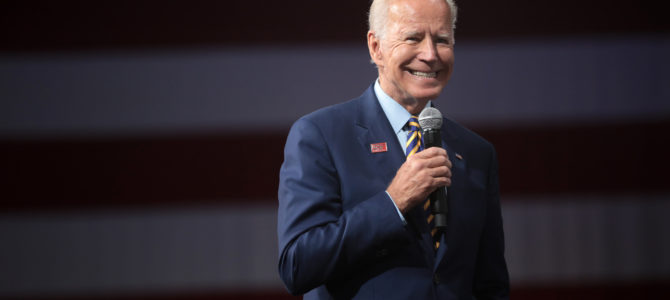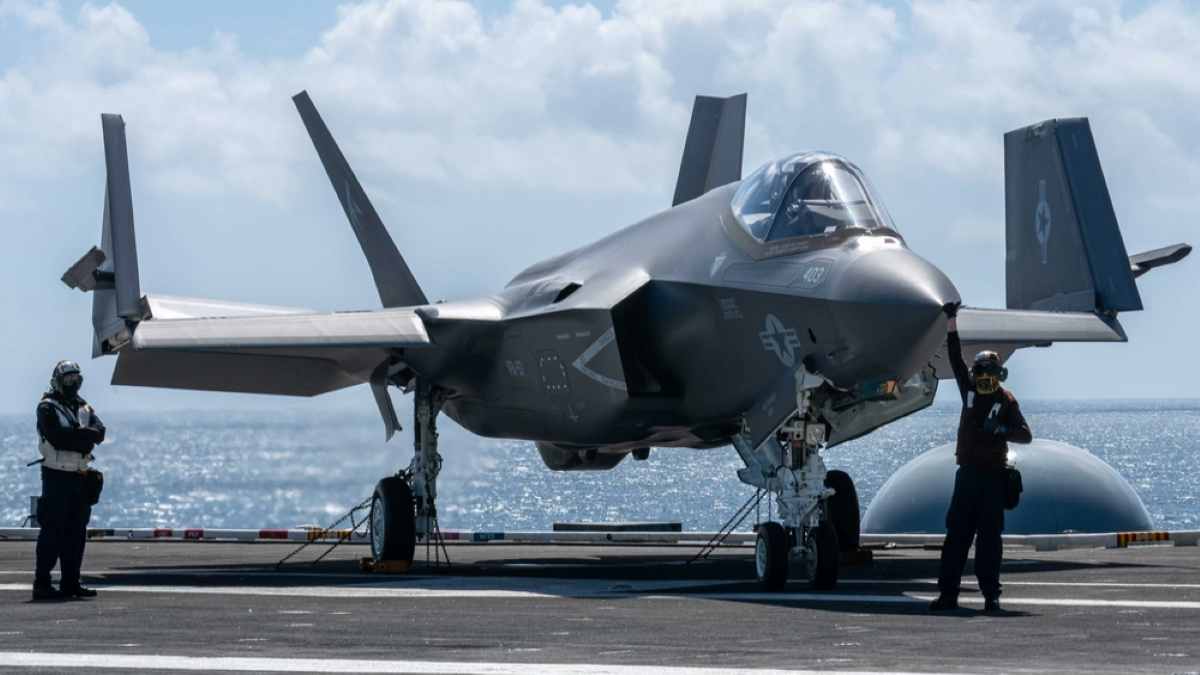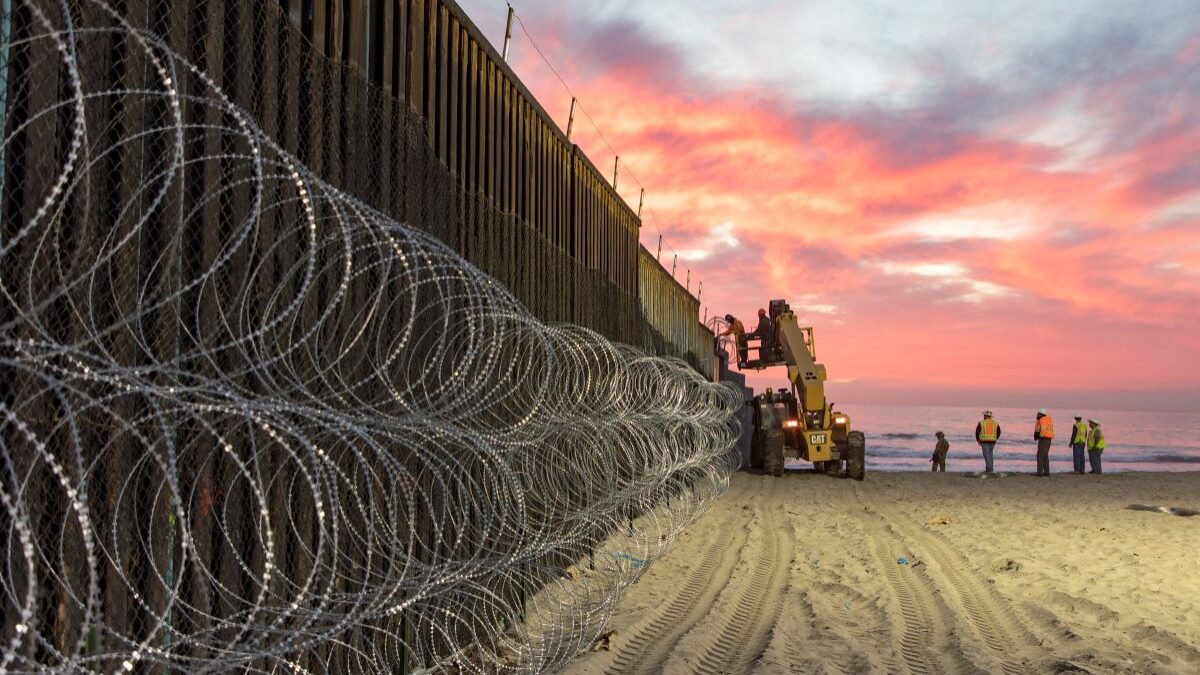
The phone call to Ukraine’s president at the heart of Democrats’ attempt to remove the president from office did not happen in the void so many in the media portray. The sequence of events that led up to that call can be traced directly back to 2008 and, more loosely, 50 years earlier to the Cold War.
They are the culmination of a decade of unanswered, aggressive Russian foreign and military policy, during which Ukraine has been both victim and testing ground for Russian military operational concepts. From Iraq to Ukraine to the Pentagon, I personally witnessed different aspects of every crucial step of this drama — a drama born of the Russians’ desire to stop North Atlantic Treaty Organization (NATO) membership expansion along its borders and to maintain strategic opposition to the West.
Iraq, August 2008
I led a U.S. Army team fighting in Sadr City during the 2008 surge in Iraq. Returning from a two-week leave in August, I watched as 2,000 Georgian soldiers lined the military airfield at Baghdad International Airport.
The Georgians had been called back to their home country in a massive, rapid airlift in response to the Russian invasion and eventual annexation of the Georgian states of Abkhazia and South Ossetia, now known as the Russo-Georgian War. At the time, Georgian President Mikhail Saakashvili was a thorn in Vladimir Putin’s side. He held anti-Russian views and a decision on Georgia and Ukraine’s acceptance into NATO was pending a meeting in December 2008. This set off alarm bells in Moscow.
In mid-2008, Putin ordered the Russian military to invade and seize control of two of Georgia’s northern caucus states under the auspices of protecting from Georgian military aggression the Russian diaspora that lived there. Initially, Putin only sent several hundred unarmed troops into Abkhazia for “railway repairs.” After Georgian President Saakashvili sent armed troops into South Ossetia, Putin launched a full-scale invasion. The Kremlin intended to send a signal to other former Soviet satellite states that Russia would not tolerate NATO or Western influence on its borders, and that he was willing to use force to do it.
Five years later in 2013, it appeared the warning had been ignored. The consequences for Ukraine, the West, and more specifically, the United States, would be enormous.
In the years after the Orange Revolution in Ukraine, a pro-Western government emerged and the country was on the verge of signing the Ukraine-European Union Association Agreement. In a November about-face, however, Ukrainian President Viktor Yanukovych rejected the agreement in favor of economic assistance and closer political ties with Russia.
This did not sit well with Ukraine’s population, which had grown increasingly close to the West. Yanukovych’s decision ignited protests in the capital of Kiev and across the country.
Ukraine, Winter 2014
I arrived in Kiev in late January 2014 to find the main square of the capitol stacked with burning barrels, snow barriers, protest signs, and Ukrainians physically occupying the area to take a stand against Russia and the decision to abandon the agreement with the European Union.
As the revolution unfolded in Ukraine in late 2013, Russia needed to manufacture a reason to get control of the situation and build support for action with both domestic audiences and Russian sympathizers in Eastern Ukraine. Ukrainian military forces hadn’t acted against civilians and there was no legitimate reason under international norms for Russia to invade, so they manufactured a crisis to enable its strategic objectives.
With Putin’s blessing, the Russian military and intelligence services engaged in a widespread information operations campaign designed to convince the Russian people, sympathizers in Eastern Ukraine, and the broader world that anti-Russian Ukrainian fascists were targeting and killing ethnic Russians and their friends. Russian state television was packed with images of supposed attacks and actions against civilians in Ukraine that were by and large fabricated.
In early February 2014, I flew from Kiev to Lviv, a city in western Ukraine that was a part of Poland before the Soviet Union invaded in 1939. The people there were fiercely pro-Ukrainian, and spoke Ukrainian instead of Russian, which is the primary language in eastern Ukraine and even Kiev. I arrived in a peaceful city with tourists roaming about, shopping and sightseeing. I witnessed firsthand that the Russian propaganda that had labeled Lviv a hub of anti-Russian fascist activity simply wasn’t true.
After establishing the false narrative, Putin ordered the Russian military to invade Ukraine, though they did so without wearing or displaying anything that identified them as Russian forces. They also seized control of Crimea to gain control of the strategically important Russian Naval Base in Sevastopol, which is home to Russia’s Black Fleet.
The Black Fleet is the pride of the Russian Navy and is used as a strategic force to counter the West, and NATO in particular. Only a few years earlier, Ukraine had threatened not to renew the lease, which would have left Russia without a warm-water naval port to access the Mediterranean.
In Ukraine, Russian Information Operations were the main effort, as opposed to a shaping operation designed to support major kinetic action. This is a major change in tactics. The Russians’ successful information operations campaign in Ukraine lead them to two conclusions that ultimately inspired their attempts to interfere in the 2016 presidential election.
First, Russia was capable of successfully executing information operations from inside Russia that target foreign adversaries to strategic ends. Second, Putin deduced that the United States was unlikely to respond to Russian information operations in the United States. In both cases, Putin was right.
The Pentagon, August 2014 – June 2015
In response to Russia’s military action in Ukraine and the annexation of Crimea, Ukraine aggressively sought offensive weapon systems to halt the Russian advance and establish a deterrent for further Russian encroachment. From 2014 to 2015, I worked in the Office of the Secretary of Defense at the Pentagon and watched as the Ukrainians used formal- and back-channels to lobby the Obama administration for offensive weapons. Ultimately, the administration decided against doing so out of fear of escalating the situation — another unwise policy decision that helped to reinforce Russia’s perception that they could get away with electoral interference in the coming years.
Enter: Hunter Biden. In spring 2014, just after the annexation of Crimea, the largest natural gas company in Ukraine, called Burisma Holdings, added Hunter Biden to its board of directors and paid him a handsome salary to improve the company’s reputation.
Hunter, an attorney, was largely unqualified for this role and was likely selected for no other reason than that his father, Joe Biden, was the sitting vice president of the United States at the time and the former chairman of the Senate Foreign Relations Committee. Hunter admitted as much during an interview with ABC News, protesting that while he may have made a mistake, he did nothing wrong.
He also had a number of personal issues that made him a ripe target for foreign intelligence recruitment at a time when he had placement and access to the senior-most U.S. policy makers at the White House.
In 2016, a Ukrainian prosecutor who was tasked with investigating Burisma Holdings for corruption was fired by the Ukrainian government. He was widely viewed as corrupt himself and the incident would receive little attention until former Vice President Biden spoke at a Council on Foreign Relations event about the subject.
In describing an exchange he had with the then-Ukranian president and prime minister, Biden said, “I looked at them and said, ‘I’m leaving in six hours. If the prosecutor is not fired, you’re not getting the money.’ Well, son of a b-tch. He got fired. And they put in place someone who was solid at the time.”
Biden had no idea his comments would lead to a theory that he had intervened to have the prosecutor fired to help a company paying his son Hunter. Eventually, allegations that the leading Democratic candidate for president may have been involved in a cover-up came up during President Donald Trump’s conversation with the Ukrainian president this past year, during a call in which the two leaders also talked about U.S. aid for Ukraine.
A whistleblower then came forward and alleged that the president’s request for an investigation into former Vice President Joe Biden and his son Hunter’s actions in Ukraine was tied to U.S. aid, which served as the catalyst for Democrats in the House to attempt to remove him from office.
The United States and her Western allies have been engaged in reactive opposition to Russian actions across the globe for far too long. While modern-day Russia is a shadow of its former Soviet self, it is clear that Putin has become more emboldened and more brazen. The United States must re-establish the deterrence that has been lost over the past decade to prevent additional Russian attempts to undermine our democratic institutions and sow discord in our society.
Additionally, NATO must understand Russia’s opposition to membership expansion to former Soviet states along Russia’s borders and be prepared to deal with Russian aggression or deter it before it happens, or Russia will continue to think NATO weak and ineffective. Whether the alliance is capable or has the political will to do so is an entirely different question.









